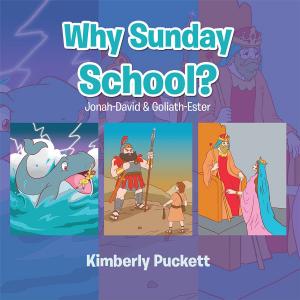Simply Now
Our Simple, Ad 2020 Situation
Nonfiction, Religion & Spirituality, Philosophy, Health & Well Being, Psychology| Author: | Chris Stubbs | ISBN: | 9781490778860 |
| Publisher: | Trafford Publishing | Publication: | December 9, 2016 |
| Imprint: | Trafford Publishing | Language: | English |
| Author: | Chris Stubbs |
| ISBN: | 9781490778860 |
| Publisher: | Trafford Publishing |
| Publication: | December 9, 2016 |
| Imprint: | Trafford Publishing |
| Language: | English |
This book is the last in a series of seven books. Because humans are far better at making comparisons rather than at making direct objective assessments, chapters 1 and 2 present a rearranged prcis of The Human Situation by W. MacNeile Dixon, published in 1937. The contents of these two chapters seem remarkably relevant to our situation today. Chapter 3 tells us what we are not going to talk about, what we are going to talk about, and then introduces Life Chemistry that comprises a large part of organic chemistry, i.e., the chemistry of carbon. Now chapter 2 predicts that individual personalities will become more important as society develops in the future. Accordingly, chapter 4 deals with the origin of our personalities, how we can describe them, and how far we have come in trying to prove how valid these descriptions are. Chapter 5 shows how personality descriptions can be produced and then suggests uses to which they can be put. Finally, chapter 6 addresses various points from chapters 1 and 2 as they appear to us today, as well as answering several questions raised there. Chapter 6 ends by indicating how we should proceed collectively into our long-term future.
This book is the last in a series of seven books. Because humans are far better at making comparisons rather than at making direct objective assessments, chapters 1 and 2 present a rearranged prcis of The Human Situation by W. MacNeile Dixon, published in 1937. The contents of these two chapters seem remarkably relevant to our situation today. Chapter 3 tells us what we are not going to talk about, what we are going to talk about, and then introduces Life Chemistry that comprises a large part of organic chemistry, i.e., the chemistry of carbon. Now chapter 2 predicts that individual personalities will become more important as society develops in the future. Accordingly, chapter 4 deals with the origin of our personalities, how we can describe them, and how far we have come in trying to prove how valid these descriptions are. Chapter 5 shows how personality descriptions can be produced and then suggests uses to which they can be put. Finally, chapter 6 addresses various points from chapters 1 and 2 as they appear to us today, as well as answering several questions raised there. Chapter 6 ends by indicating how we should proceed collectively into our long-term future.















